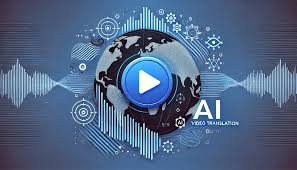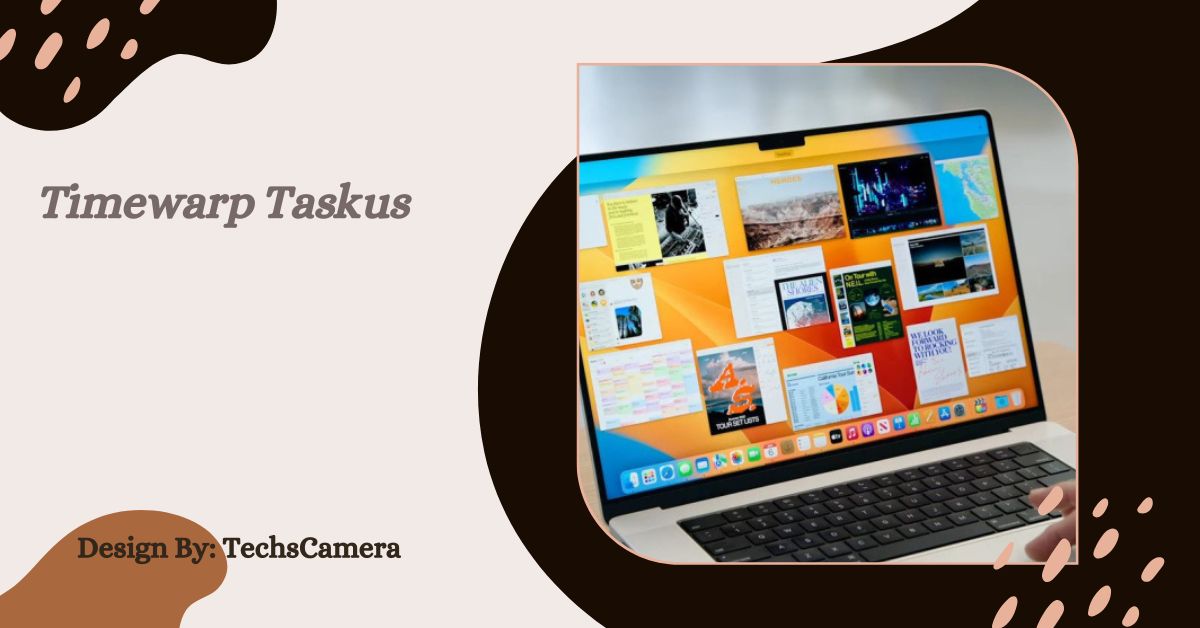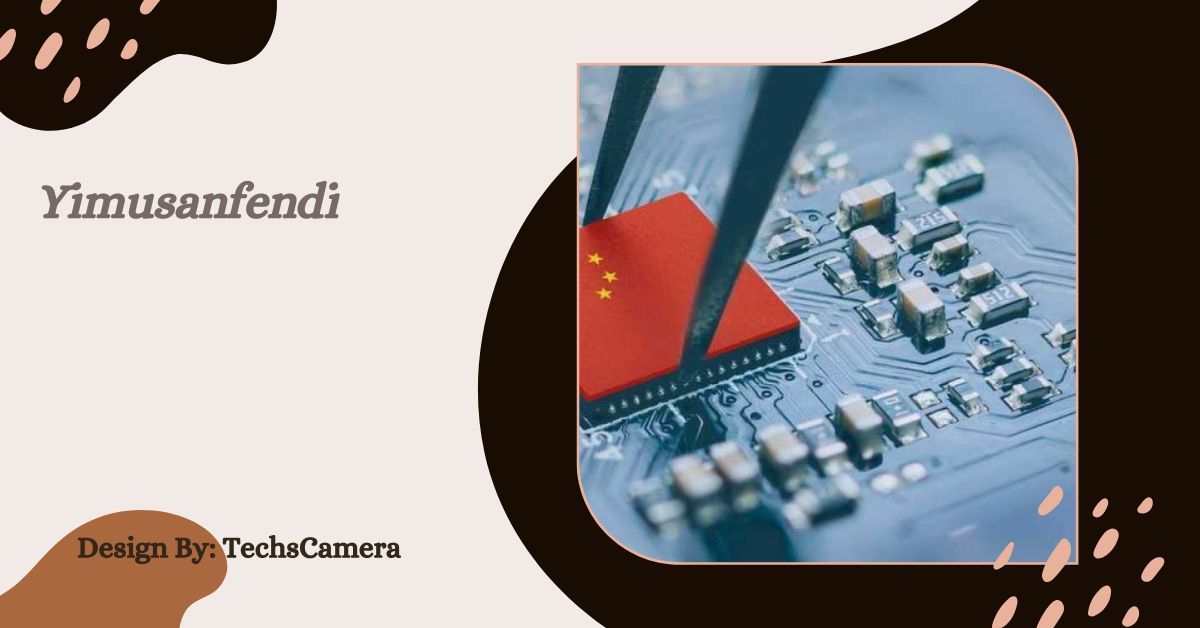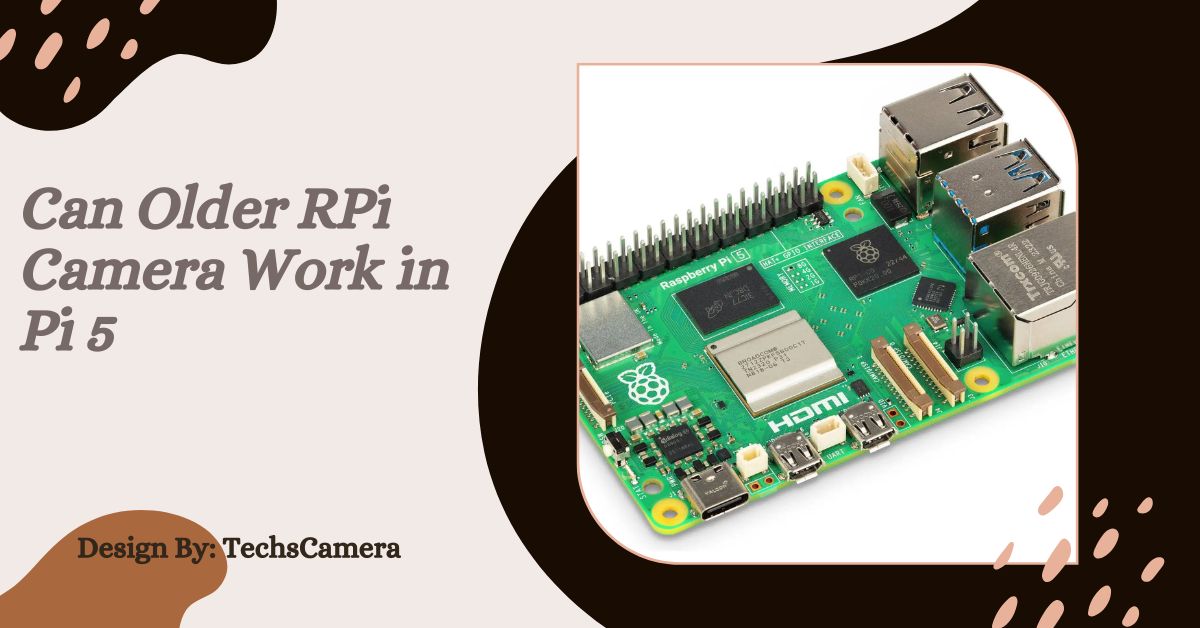AI Video Translator: Revolutionizing Global Communication
Introduction
In today’s interconnected world, video content dominates the digital landscape. From YouTube and TikTok to corporate training and international conferences, videos are a primary medium for communication, education, and entertainment. However, language barriers often limit their reach.
This is where AI Video Translator come into play—powerful tools that automatically translate spoken and written content in videos, making them accessible to a global audience.
AI Video Translators leverage artificial intelligence, machine learning, and natural language processing (NLP) to provide real-time or post-production translations. These tools are transforming industries such as media, education, business, and entertainment by breaking down language barriers effortlessly.
In this article, we will explore:
- What an AI Video Translator is
- How it works
- Key features and benefits
- Top AI Video Translator tools in 2025
- Future trends and challenges
By the end, you’ll understand why AI Video Translators are a game-changer in global communication.
What is an AI Video Translator?
An AI Video Translator is a software application that uses artificial intelligence to translate spoken dialogue, subtitles, and on-screen text in videos from one language to another. Unlike traditional translation methods that require manual transcription and dubbing, AI-powered solutions automate the process with high accuracy and speed.
These tools can:
- Translate speech-to-text (subtitles/captions)
- Generate voiceovers in different languages
- Lip-sync translated audio for a natural viewing experience
- Preserve the speaker’s tone and emotions
Popular use cases include:
- Multilingual YouTube videos
- E-learning courses for international students
- Corporate training and global meetings
- Streaming platforms like Netflix and Amazon Prime
How Does an AI Video Translator Work?
AI Video Translators combine multiple advanced technologies to deliver seamless translations:
1. Automatic Speech Recognition (ASR)
The first step involves converting spoken words into text. AI models like OpenAI’s Whisper or Google’s Speech-to-Text transcribe audio accurately, even with background noise or accents.
2. Natural Language Processing (NLP) for Translation
Once transcribed, the text is translated using neural machine translation (NMT) engines like Google Translate API, DeepL, or OpenAI’s GPT-4. These models understand context, idioms, and cultural nuances for better accuracy.
3. Text-to-Speech (TTS) Conversion
For dubbed videos, the translated text is converted back into speech using AI voice generators like Amazon Polly, ElevenLabs, or IBM Watson. Modern TTS systems produce human-like voices with emotional inflection.
4. Lip-Syncing Technology (Optional)
Advanced AI tools like Deepdub or Synthesia adjust mouth movements in the video to match the translated audio, creating a realistic dubbed experience.
5. Subtitle Generation & Synchronization
AI automatically times subtitles to match the speaker’s pace and embeds them into the video. Some tools also allow customization of font, color, and positioning.
Key Features of AI Video Translators
1. Multi-Language Support
Top AI translators support 100+ languages, including regional dialects. For example, Google’s AI can translate between English, Spanish, Mandarin, Hindi, and more.
2. Real-Time Translation
Some platforms, like Microsoft Stream, offer live translation for webinars and meetings, helping global teams collaborate without delays.
3. High Accuracy with Contextual Understanding
Modern AI doesn’t just translate word-for-word—it understands industry-specific jargon, slang, and cultural references for natural-sounding output.
4. Voice Cloning & Emotion Retention
Tools like ElevenLabs clone a speaker’s voice and retain their emotional tone, making translations sound more authentic.
5. Automated Subtitle Generation
AI-generated subtitles save hours of manual work. Platforms like Kapwing and VEED.io auto-sync captions with the video timeline.
6. Customization Options
Users can edit translations, adjust voice speed, and choose between different AI voices (male/female, accents).
Top AI Video Translator Tools in 2025
Here are some of the best AI-powered video translation tools available today:
1. Rask AI
- Best for: Content creators & businesses
- Features:
- Auto-translates videos into 130+ languages
- Voice cloning & lip-syncing
- One-click dubbing
2. DeepL Translator
- Best for: High-quality text translations
- Features:
- Superior NLP-based translations
- Supports PDF & PPT translations
3. VEED.io
- Best for: Auto-subtitles & social media videos
- Features:
- AI-generated subtitles in multiple languages
- Easy-to-use editor
4. ElevenLabs
- Best for: Realistic AI voiceovers
- Features:
- Emotion-based voice synthesis
- Multi-language dubbing
5. Kapwing
- Best for: Quick video translations
- Features:
- Auto-translate & subtitle videos
- Collaborative editing
6. Synthesia
- Best for: AI-powered video dubbing
- Features:
- 140+ AI avatars
- Lip-synced translations
Benefits of Using AI Video Translators
1. Cost & Time Efficiency
Manual translation and dubbing are expensive and time-consuming. AI automates the process, reducing costs by up to 80%.
2. Global Reach & Accessibility
Businesses and creators can expand their audience by translating content into multiple languages effortlessly.
3. Improved Engagement
Viewers prefer content in their native language. AI translations boost watch time and engagement.
4. Enhanced Learning & Training
Educational platforms like Coursera and Udemy use AI translations to make courses accessible worldwide.
5. Seamless Cross-Border Communication
Companies like Zoom and Microsoft Teams integrate AI translators for real-time multilingual meetings.
Future Trends & Challenges
Future Trends:
- Real-time holographic translators for live events
- Emotion-aware AI for more natural voiceovers
- Blockchain-based translations for secure media localization
Challenges:
- Accuracy in complex languages (e.g., Mandarin to Arabic)
- Ethical concerns (deepfake voices, misinformation)
- High computational costs for small businesses
Conclusion
AI Video Translators are revolutionizing how we consume and share video content. By automating translations, dubbing, and subtitling, they eliminate language barriers and open doors to global communication.
As AI continues to evolve, we can expect even more sophisticated tools that deliver real-time, hyper-accurate, and emotionally intelligent translations. Whether you’re a content creator, educator, or business leader, leveraging AI video translation can help you connect with audiences worldwide like never before.
Are you ready to embrace the future of multilingual video content? Try an AI Video Translator today and break the language barrier effortlessly!
RELATED ARTICLES
Timewarp Taskus – Comprehensive Guide!
Best Knives for Left-Handed Users
French Document Localization for Seamless International Partnerships











Leave a Reply